Treatment for Children
Overview
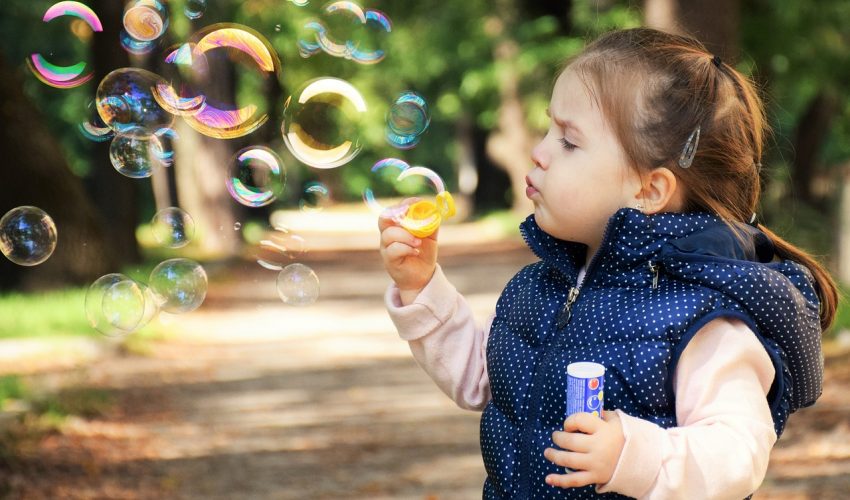
Eye diseases and disorders can occur to anyone, and there are several eye conditions which can affect children. Since healthy eyes and vision are crucial for children, their eyes should be examined regularly. Many eye diseases and vision disorders can be detected and treated early.
Sunway Eye Centre not only focuses on prevention, awareness and early detection of eye problems, but also offers medical and surgical treatments with the latest technology.
Our eye specialists are experienced in treating a wide range of eye diseases and problems for children including but not limited to:
Congenital Eye Diseases Treatment
Common congenital eye diseases include cataract, glaucoma and also ptosis.
Lazy Eye (Amblyopia) Treatment
The younger the child, especially below 8 years old, the more effective the treatment and vision improvement.
Myopia Control
There are 3 widely accepted approaches for controlling the progression of myopia
Neuro-Ophthalmology
Neuro-ophthalmology focuses on visual problems related to the nervous system and are not caused by the eye.
Retinopathy of Prematurity
This disease can happen in premature babies, and can lead to blindness if not diagnosed and treated.
Squint Eye (Strabismus) Surgery
Squint eye usually develops in infancy or childhood, with prompt treatment reducing the risk of complications.
Vision Therapy
Vision therapy aims to improve a person’s visual abilities, and is customised to suit individual needs.
Congenital Cataract Treatment
Cataract removal surgery is the most effective treatment and can be performed as early as 6–8 weeks of age.
Early diagnosis is essential to treat congenital glaucoma and can slow the development of this disease.
Congenital Ptosis Treatment
In severe cases, eyelid surgery is the most effective treatment to prevent the onset of amblyopia or lazy eye.
Congenital Cataract
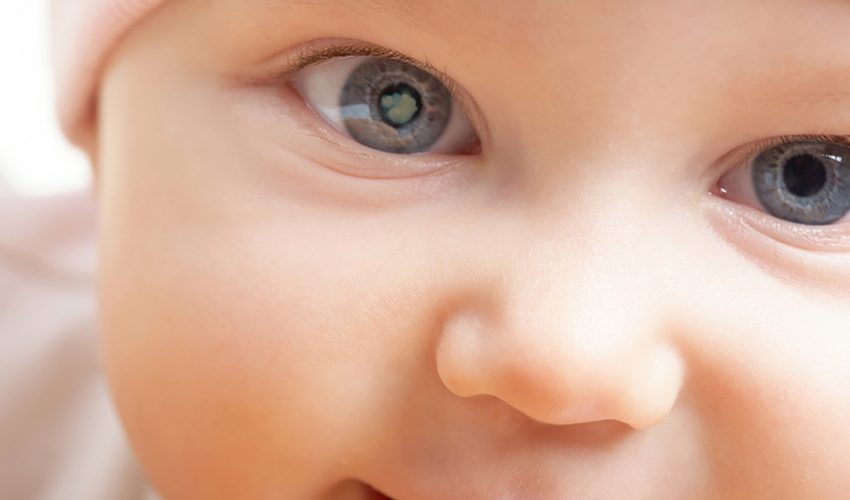
Congenital cataract is described as the clouding of lens present at birth. The pupil of the infant will appear grey or white instead of black. This condition is usually diagnosed during a newborn examination by a paediatrician. If your child presents this symptom, you will be referred to a paediatric ophthalmologist.
Congenital Glaucoma
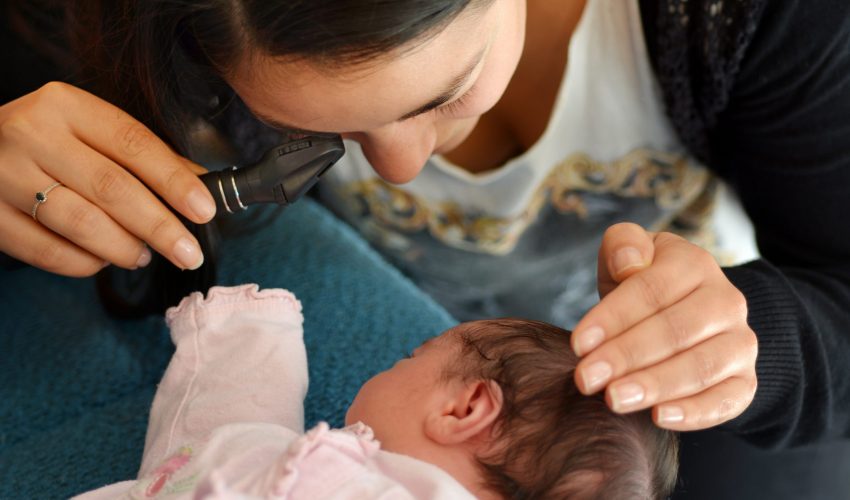
Congenital glaucoma occurs in babies and young children. This condition is typically diagnosed within the first year of life. There are several possible causes to congenital glaucoma such as incorrect development of the eye’s drainage system before birth and leads to high intraocular pressure, which in turn damage the optic nerve. On top of that, this condition can also be inherited.
What are the symptoms?
- Cloudiness of cornea
- Enlarged eyes
- Sensitive to lights
- Tears up a lot
Congenital Ptosis

Congenital ptosis refers to drooping eyelids that occur at birth or within the first year of life. This congenital condition is related to complications with the muscle that raise the eyelid, trauma at birth, eyelid tumour or growth. If congenital ptosis is not corrected especially if diagnosed as a moderate or severe condition, amblyopia (lazy eye) may develop.
Lazy Eye (Amblyopia) Treatment
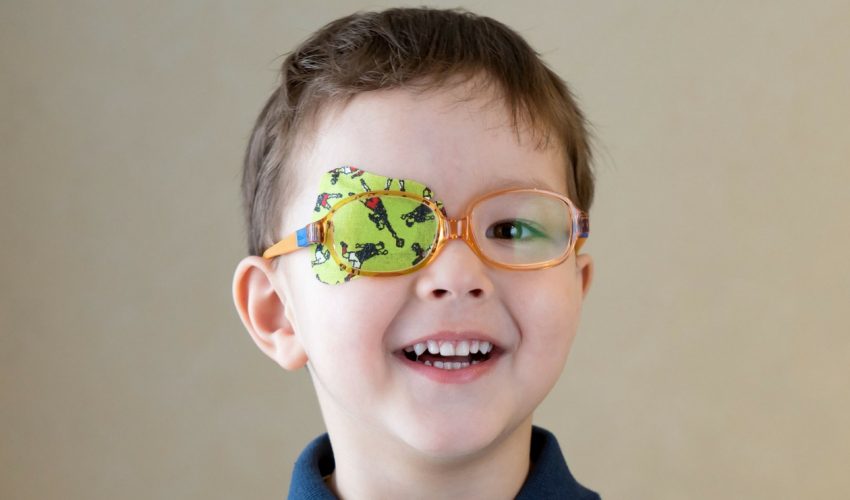
Amblyopia is commonly known as lazy eye. This eye condition is described as reduced vision that is not correctable by glasses or contact lenses and is not linked to any other eye disease. Lazy eye is mainly due to challenges faced by coordination between the eye and the brain.
Myopia control
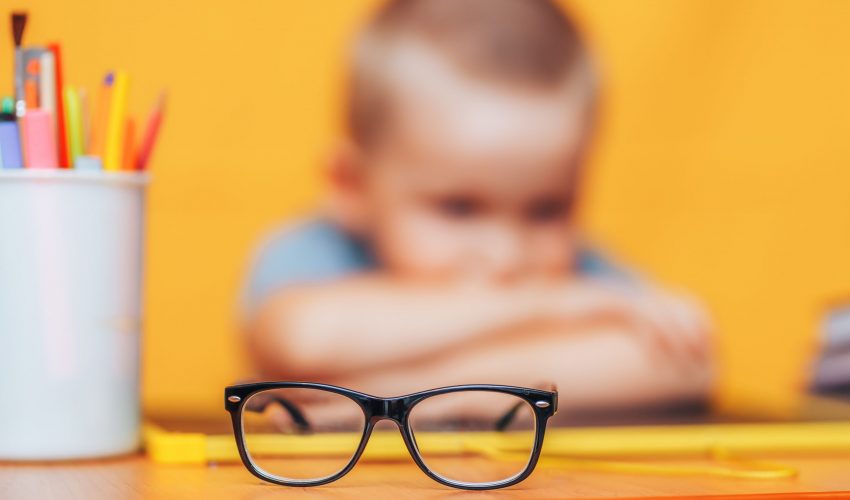
The prevalence of myopia and high myopia are increasing globally at an alarming rate. This phenomenon is worrying as being myopic increases the risks of sight-threatening disease such as retinal detachment and myopic macular degeneration.
Neuro-Ophthalmology

Our neuro-ophthalmologist offers services on visual rehabilitation and cerebral visual impairment. Neuro-ophthalmology focuses on visual problems that are related to the nervous system, i.e. visual problems that are not caused by the eye. Our neuro-ophthalmologist works closely with a team of neurologists, neuroradiologists, neurosurgeons and paediatric neurologists to deal with a myriad of ophthalmology cases.
Sunway Eye Centre’s neuro-ophthalmologist also deals with visual rehabilitation to take care of patients with stroke and traumatic brain injury. Patients with these conditions most times are unable to see either on their right or left side. This rehabilitation technique enables patients to improve their quality of life tremendously.
Neuro-ophthalmology services are recommended to patients with conditions such as:
- Optic Neuritis (of any demyelinating or infective causes)
- Optic Neuropathies (due to drug toxicity, congenital causes, Leber’s Hereditary Optic Neuropathy, compressive)
- Unexplained vision loss (Congenital retinal dystrophies and optic neuropathies)
- Traumatic brain injury visual rehabilitation
- Cerebral visual impairment secondary to Cerebral Palsy and global developmental delay (paediatric)
Retinopathy of Prematurity (ROP)
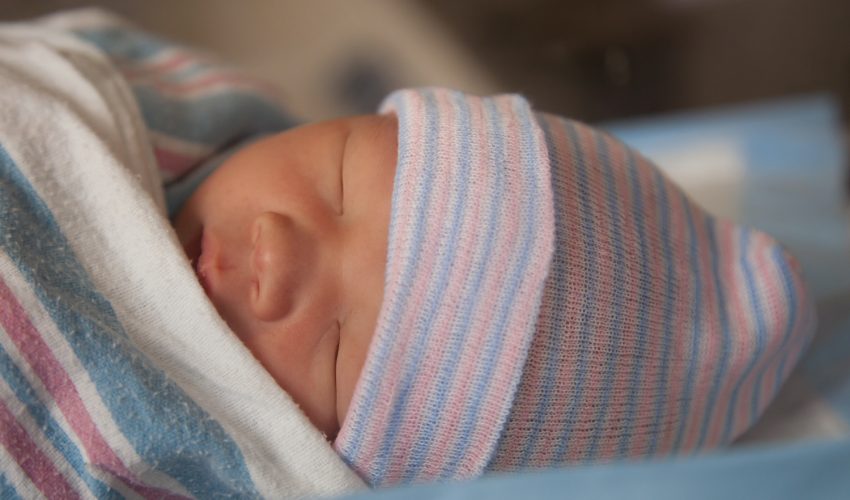
Retinopathy of Prematurity is an eye disease that can happen in premature babies in which there is abnormal growth of vessels in the retina and that can lead to blindness. Retinopathy of Prematurity has no signs and symptoms when it first develops in a newborn. Therefore, it is essential to have your newborn’s eyes examined by an ophthalmologist.
Squint Eye (Strabismus) Surgery
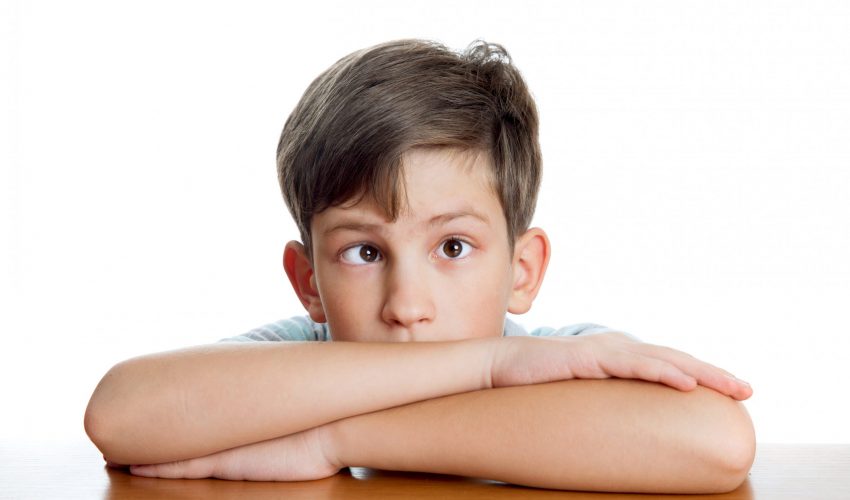
A squint is described as misaligned eyes. This means that when one eye looks forward to focus on an object, the other eye turns either inwards, outwards, upwards or downwards. Squint usually begins in infancy or childhood.
Vision Therapy
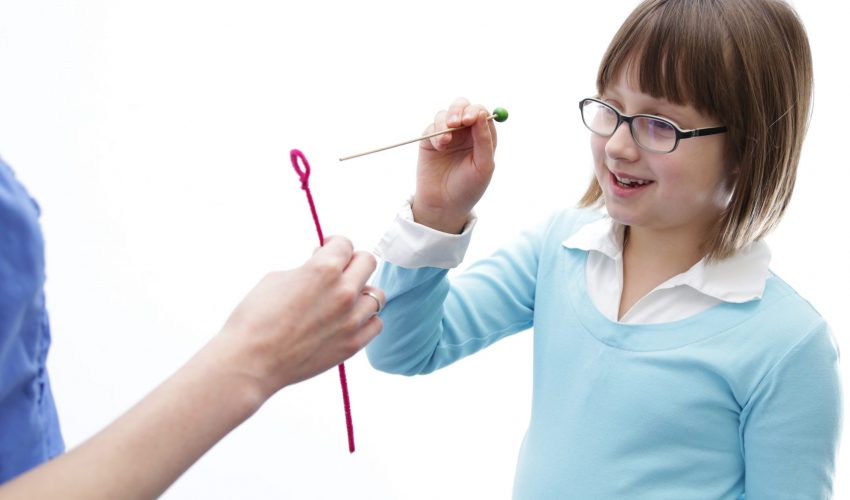
Vision therapy or sometimes known as vision training, is a supervised, non-surgical treatment tailored to correct or improve certain vision problems. Unlike eye glasses, which is worn to aid vision problems, vision therapy teaches the eye to correct itself with the use of a series of tools and visual activities.
Our eye specialists may recommend vision therapy to treat the following eye conditions:
- Amblyopia or also known as ‘Lazy Eye’
- Squint
- Eye movement disorders
- Double vision


